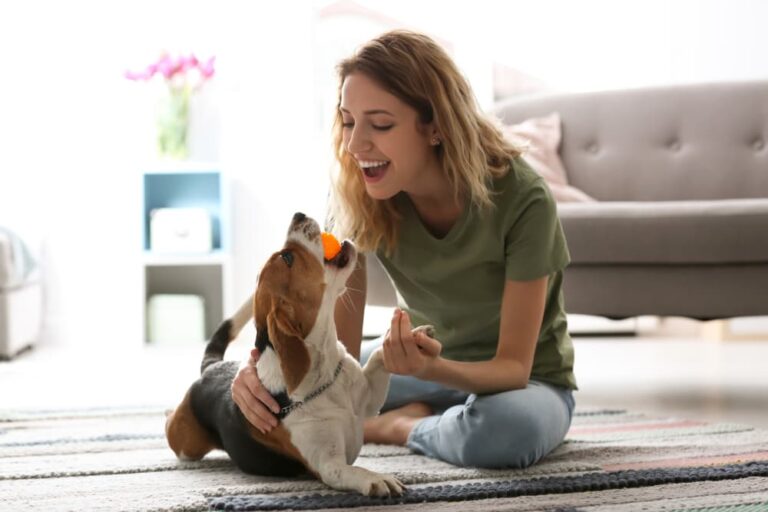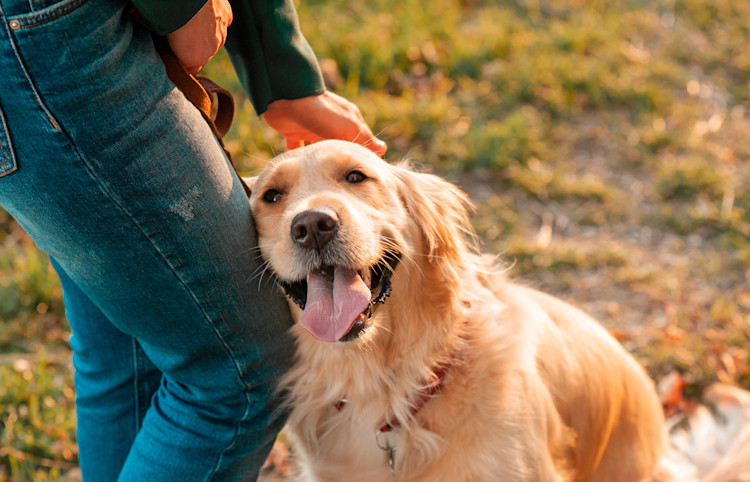Dog Reactivity Towards Reflection: Understanding and Managing It
Share
Many pet owners have experienced puzzling behavior in their dogs, specifically dog reactivity towards reflection. This behavior often leaves owners scratching their heads, wondering what triggers this fascinating phenomenon. In this article, we will explore the underlying causes of this behavior and share tips on how to manage it effectively.

The Causes of Dog Reactivity Towards Reflection
Before addressing how to manage a dog's reactivity towards their reflection, it's important to understand what causes such behavior. Typically, this kind of reactivity can stem from several psychological and environmental factors. One primary factor is a lack of socialization during the puppy stage, leading to unease with unfamiliar sights and sounds.
Furthermore, dogs may perceive their reflection as another dog, causing excitement or territorial aggression. This is akin to mirror reactivity, where dogs bark or growl at their reflections, mistaking them for intruders.
Managing and Reducing Reactivity
Training and Desensitization Techniques
A synchronized strategy of training and desensitization can significantly decrease a dog's reactivity towards reflections. Training involves teaching your dog basic commands and ensuring they remain calm in various situations. According to expert dog training tips, using positive reinforcement can be particularly beneficial. Rewarding your dog when they stay calm near a mirror can gradually change their perception and response.
Creating a Positive Environment
Crafting a positive and stable home environment is essential for dogs who struggle with reactivity. This involves reducing any stress factors that might exacerbate their reactions. Ensure your dog has plenty of exercises, mental stimulation, and time to decompress. Engaging dogs in activities like interactive play with toys can also help redirect their energy positively.
When to Seek Professional Help
If your dog's reactivity is severe or persistent, it may be best to consult a professional trainer or behaviorist. An expert can pinpoint specific triggers and design a tailored plan to mitigate your dog's reactions. This can be particularly useful in combination with a training regimen focused on leash reactivity, which can often intertwine with reflection-based behaviors.
Conclusion: A Balanced Approach
Understanding dog reactivity towards reflection is just one part of ensuring a healthy and happy relationship with your pet. By delving into the root of the reaction, employing training strategies, and fostering a supportive home environment, you can help your canine companion navigate their world with more confidence and ease.

FAQ
What makes some dogs more reactive to reflections than others?
Breed, personality, and socialization history can influence a dog's reactivity to reflections. Dogs with higher territorial instincts or those under-socialized as puppies might be more prone to reacting.
Can reactivity towards reflection lead to other behavioral issues?
Yes, if left unaddressed, reactivity towards reflections can lead to heightened anxiety and aggression in other scenarios, such as reactivity towards food or during interactions with other dogs.
How long does it take to reduce a dog's reactivity to reflections?
There is no set timeline, as it depends on the severity of the reactivity and the consistency of training. Patience and persistence are key, and improvements can be seen in a few weeks to several months.
This article contains affiliate links. We may earn a commission at no extra cost to you.
